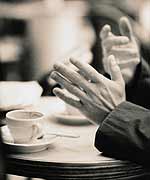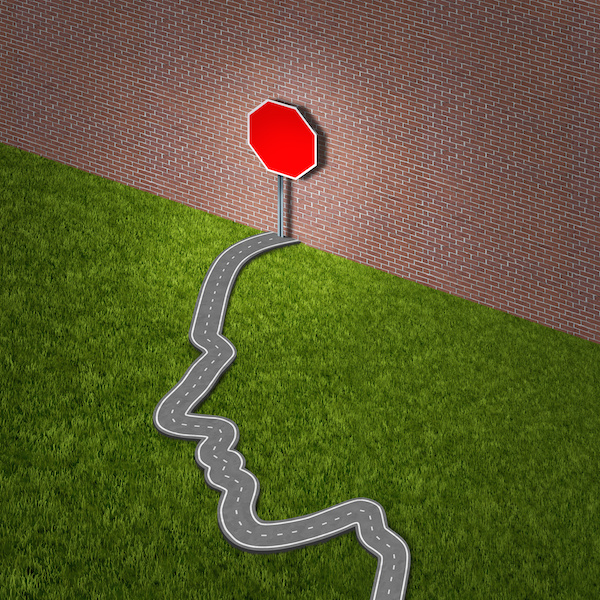
WEDNESDAY, Feb. 9 (HealthDay News) — Gesturing with your hands while talking can generate mental images that help solve complex problems related to spatial visualization, new research shows.
Spatial visualization — the ability to mentally rotate or move an object to a different position or view — is an important skill for students and professionals such as air traffic controllers and interior decorators, the researchers said.
They examined the relationship between hand gestures and spatial visualization in three experiments that included a total of 230 volunteers. One study found that hand gestures increased as the difficulty of mental rotation tests increased, and the other two studies showed that the use of hand gestures was associated with improved results on such tests.
The findings are reported in the February issue of the Journal of Experimental Psychology: General.
“Hand gestures are spontaneous and don’t need to be taught, but they can improve spatial visualization,” study co-author and psychologist Mingyuan Chu said in a news release from the American Psychological Association. “From Galileo and Einstein to da Vinci and Picasso, influential scientific discoveries and artistic masterpieces might never have been achieved without extraordinary spatial visualization skills.”
The researchers said that hand gestures may boost spatial visualization by helping a person keep track of an object in the mind as it is rotated to a new position. The gestures may also provide additional feedback and visual cues by simulating how an object would move if it were held in the hands.
The findings may have practical uses in education, suggested Chu, a research fellow at the Max Planck Institute for Psycholinguistics in the Netherlands. For example, art students could use hand gestures in a still-life class to picture a subject from a different angle to create a more vivid, three dimensional-like painting.
More information
The University of Chicago has information on other aspects of gesturing.

